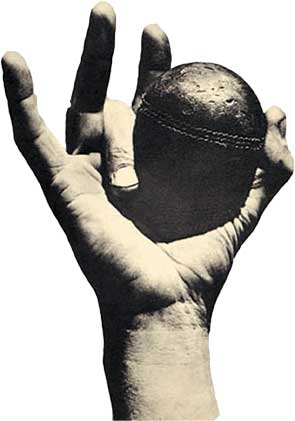Amit Upadhyay
 The advantage with history as a subject is that there are roads leading to it from other subjects and areas of interest. Take sports, for instance. There’s a wealth of history in and around every single sport, from tennis to gilli danda to kho-kho to (of course) cricket! This article shows you how you can travel down one historical lane by tracing the development of bowling innovations in cricket.
The advantage with history as a subject is that there are roads leading to it from other subjects and areas of interest. Take sports, for instance. There’s a wealth of history in and around every single sport, from tennis to gilli danda to kho-kho to (of course) cricket! This article shows you how you can travel down one historical lane by tracing the development of bowling innovations in cricket.
Bowling in cricket is a tough discipline nowadays. To manipulate the title of an old John Lennon song, bowlers are the niggers of the world! The game is now heavily in favour of the batters, with boundaries getting shorter, bats becoming better, and pitches becoming flatter and flatter. It is no coincidence that the cricket ball continues to be the same weight and size, with technology being denied to make the ball swing or bounce more. Allowing the stitched seam more prominence would in fact help the ball ‘cut’ more off the pitch, but even this is disallowed within the rules. Ground-staff around the world are now instructed to shave off grass on the pitches to make matches last longer, and to dry out any moisture that would help seam the ball off the pitch. Cricket has become a game of fours and sixes, and the World-Cup has reinforced that trend. After all, children seem to primarily fight over who wants to bat first (bat-owner included), the rest draw short straws for bowling and fielding respectively. You can probably confirm this in your own neighbourhood.
This piece celebrates bowlers and their innovations within cricket. It traces a strictly anecdotal history of some creative bowling innovations known to cricket history, and some of the names connected with it.
The author is a research scholar associated with the Department of Sociology, University of Hyderabad. He made his first-class cricket debut in 2004 in England. He can be reached at am.upadhyay@gmail.com.
